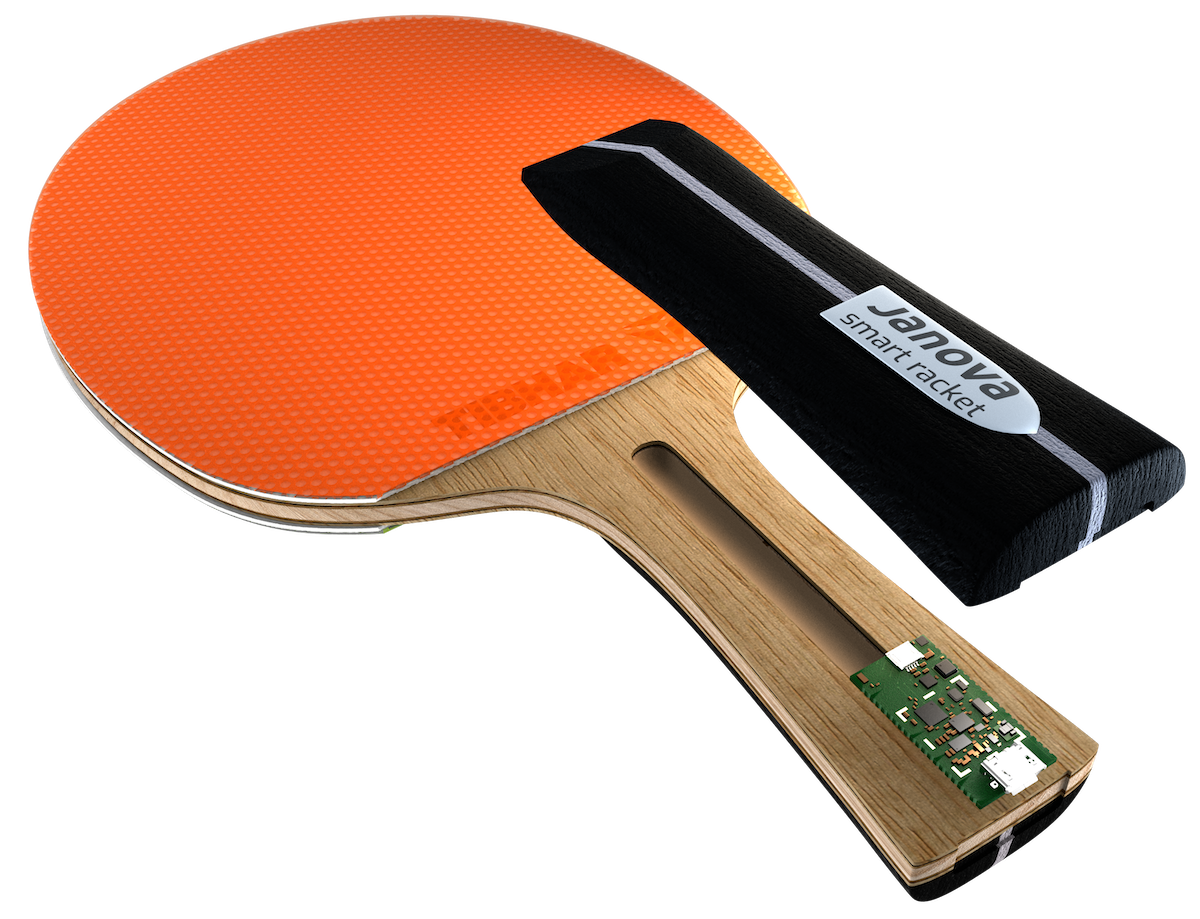Hi brokenball,
thank you for this comment. Indeed we are missing some information on our kickstarter-page. We should add them in our FAQs. But let me try to answer your questions.
It will be powered by a battery. Right now, our prototypes are powered by a 100mAh-battery and we never managed to drain the battery during a whole day of training sessions. In standby almost no energy is used, so the battery can last for several weeks or even months.
How fast is the mems chip? How fast can it sample six channels? I know the video said 9 but 3 of them are for magnetic orientation and not necessary.
Where is the data stored?
Where is the data analyzed? This is the hard part.
I have to admit, not all of your assumptions are correct. But that is indeed to much detail for this Forum.

Inside the racket, the data is preprocessed, buffered, and then it is transferred to the smartphone via bluetooth. The final analysis is done there.
For the forum.
A product like this is good for analyzing strokes. The accelerometer measure acceleration, what else?
The acceleration can be integrated once to get velocity and against to get position. 3 of the channels measure the orientation of the paddle. With proper math it is possible to recreate a stroke and show it on a computer.
You could stop there. This might be interesting at first, but quite boring after some time.
I was waiting for being able to read 6 channels, x,y,z, accelerations yaw, pitch and roll angles every 100 microseconds. Then it is possible to see where in the stroke the ball impacts the paddle.
This isn't useless if it is done right, but it shouldn't be called a smart paddle and there needs to be more than just the paddle. There needs to be software that can analyze the data.
You are right, the smart thing is the software. However, the software is split between racket and smartphone.
Also, it is our hope, that the racket together with the app is (or better will be) much more than something that just shows you your current stroke. We are designing our app to be motivating. For us it is all about motivation. For me it already a benefit, if I can measure my intensity during training drills. Now I can really connect to something, when my coach tells me: "do this drill at 70% intensity". I can try to improve may intensity, while at the same time minimising my error-rate. If I just incorporate these two objective measures (intensity/accuracy) in my training and track them over several session, I can really improve. There is so much, that I can take out these "stupid" 9-axis to track my style of playing, which at the end helps me improve my game.
Maybe our racket is not for everyone, but we hope there are some people that share the same passion for table tennis and technology and are as curious as we are to see, what we can do with this in table tennis.
We will keep pushing! 














